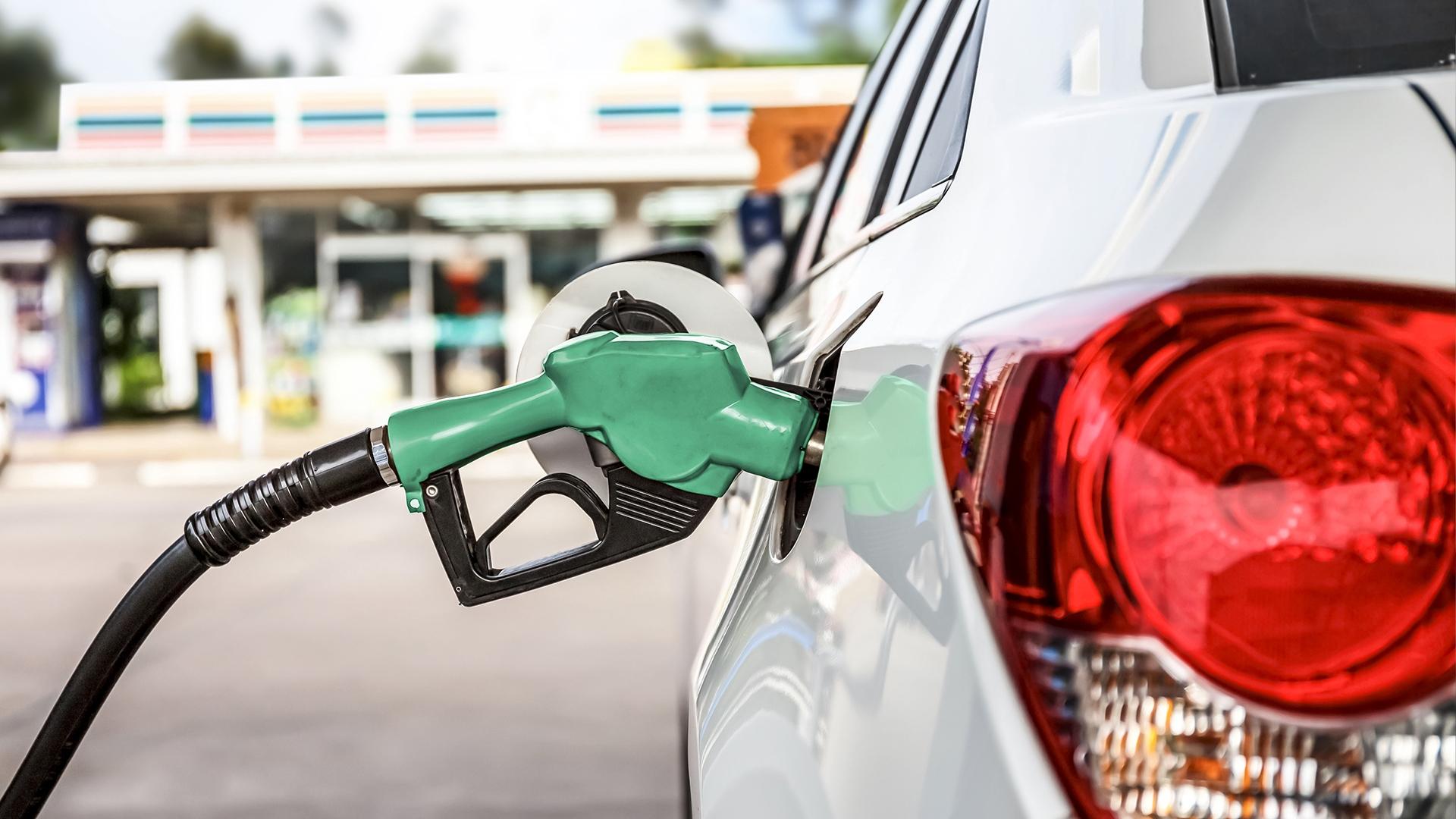Factors that influence gasoline prices

As if the situation weren’t already complicated enough…
When the price of an essential product varies as regularly as the price of gasoline, it is normal to feel frustrated. However, it is important to understand that more than just a few isolated factors make the price of gasoline so unstable.
The following factors have an overall effect:
Seasonal changes
Climate conditions
Increased demand
State of world reserves and production
Limited refining capacity
Devaluation of the U.S. dollar
Geopolitical tensions
Market analysts also cite speculation as a reason for the fluctuations in the retail price of a litre of gasoline. Given that crude oil and refined gasoline are traded on the stock market and given that it is a nervous market, speculation plays an important role in determining the pump price of gasoline as soon as a concern regarding one of the factors listed above becomes apparent. Therefore, the combination of some of these factors is enough to lead to volatile prices of oil and refined gasoline.
That is also why you have been able to make a connection between the news you hear on the radio one day and the unpleasant surprise you receive the next day when you go to your neighbourhood gas station and see how the prices have changed…
Seasonal changes
The petroleum sector in North America has two rather than four seasons: the summer season and the winter season. Fuel additives vary based on the season. Generally, refiners take advantage of the change in seasons to carry out maintenance of their refinery, which leads to a slowdown in production activities and, as a result, an increase in prices.
Climate conditions
A hurricane in the Gulf of Mexico that destroys oil facilities has immediate consequences. Less oil will be extracted if drilling rigs are destroyed. If, in addition, refineries or transportation facilities are affected, there will be less refined gasoline available. That is what happened at the end of the summer of 2005 after Hurricane Katrina hit.
Increased demand
The higher the demand for a product that is in short supply, the higher its price. This is true for oil throughout the world, particularly in Asia (China and India), where the economy is posting very strong growth.
State of world reserves and production
The prognosis or even simple rumours regarding the state of oil or refined gasoline reserves occasionally provoke fear of a possible product shortage. Since oil and refined gasoline are sold on the stock market, the slightest concern can lead to speculation and to increased prices. Just the fear of not having enough oil makes the price go up.
But why are we so concerned about reserves? Quite simply because production is now at a maximum and current oil reserves are steadily decreasing. New sources of oil exist, but they will cost much more to develop. The simple fact that it will become increasingly difficult to meet the demand pushes prices up.
Limited refining capacity
Over the past three decades, several refineries in North America have closed due to high operating costs. As a result, the refining capacity has not followed the same rhythm of growth as oil production, which has led to a jump in the price of refined gasoline.
Devaluation of the U.S. dollar
Crude oil and refined gasoline are traded in U.S. dollars. When the value of the currency drops, producers adjust their prices up in order to avoid the losses that they would otherwise incur.
Geopolitical tensions
A conflict in the Middle East, the world’s largest oil-producing region, or any geopolitical tension with possible consequences on oil production throughout the world, can have a direct impact on the price of gasoline as soon as it is perceived to represent a supply risk.